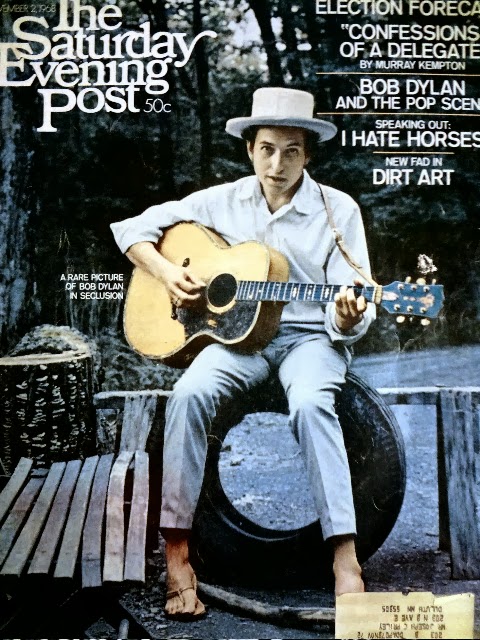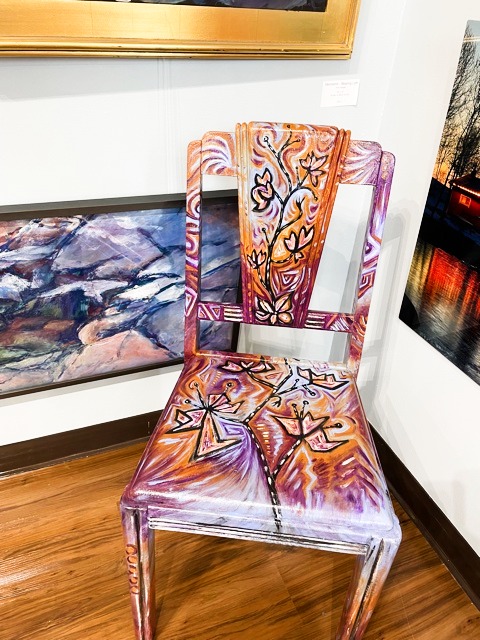One of the reasons many people view Christianity as unpalatable may be because of the doctrine of Hell. The notion of a loving God who throws people into an eternal burning fire doesn't come across as all that attractive. It gets more complicated still when Christians coming from a hard core Calvinist background suggest that the chosen ones were chosen before the dawn of time and if you're not part of the Elect, well, tough beans for you. Many sensitive Christian thinkers have resolved this seeming incongruity (the harshness of a final judgment by a loving God) by denying that there's a Hell at all. William Law (1686-1761) proposed as much. The Selected Mystical Writings of William Law that I acquired in the spring of 1976 has an introduction by none other than Aldous Huxley. To my surprise T.A. Hegre, the founder of the Bible school I attended that fall, held up a copy of this very book on the first day of class, which I found intriguing, my probably being the only one in the class who had a copy and had read it.
William Blake (1757-1827), the noteworthy poet, painter and printmaker, proposed yet another view which he called The Marriage of Heaven and Hell. Like Law, Blake was a mystic in his approach to theology. Unlike Law, he was an artist and something of a revolutionary.
Blake's Hell is to some extent an assault on the notions of Hell presented by Dante (The Inferno) and Milton (Paradise Lost). It's more Dionysian and expressive rather than repressive.
Most interestingly, Blake's book includes a phrase which Aldous Huxley borrowed for the title of his book The Doors of Perception, which detailed his psychedelic experimentation with mescaline.
Here's the line from Blake: "If the doors of perception were cleansed every thing would appear to man as it is, Infinite. For man has closed himself up, till he sees all things thro' narrow chinks of his cavern"
In light of the above, C.S. Lewis proposed a very different narrative about heaven and hell. The title of his book is The Great Divorce. His preface begins with this explanation:
Blake wrote the Marriage of Heaven and Hell. If I have written of their Divorce, this is not because I think myself a fit antagonist for so great a genius, nor even because I feel at all sure that I know what he means. But in some sense or other the attempt is to make that marriage perennial. The attempt is based on the belief that reality never presents us with an absolutely unavoidable "either-or"; that, granted skill and patience and (above all) time enough, some way of embracing both alternatives can always be found; that mere development and adjustment or refinement will somehow turn evil into good without our being called on for a final and total rejection of everything we should like to retain. This belief I take to be a disastrous error.
In short, Lewis disagrees with Blake.
In The Great Divorce, Lewis tells his story allegorically, much as Orwell presented the contours of totalitarianism in Animal Farm.
Lewis' tale begins at a bus queue on rainy street at dusk. The narrator had been walking these dreary streets for hours. The crowd at the bus stop seemed too many for this bus, but there were quarrels and various folk who had a change of heart about the trip and our narrator found a seat after all. Next thing you know the bus leaves the ground and starts flying off.
The bus itself is described as "a wonderful vehicle, blazing with golden light, heraldically colored." Even the driver himself seemed full of light. The destination is unknown, but all the clues are present.
As the bus rises he sees out the window an endless array of mean streets as far as the eye can see. A younger man seated next to him explains what he is seeing. The grey town had no mountains, fields or rivers. It simply sprawled out, filling the entire field of vision.
When the narrator comments that what he can see seems empty, his seat mate replies, "Not at all. The trouble is that they're so quarrelsome. As soon as anyone arrives he settles in some street. Before he's there 24 hours he quarrels with his neighbor. Before the week is over he's quarreled so badly that he decides to move."
In short, this infinite space is filled with people who can't get along with one another. Building a new house here is easy since all one has to do is imagine it. But they're not really good houses. The rain comes right through the roof. But at least each one has his or her space. In this manner, people keep moving further and further away.
The fellow explains to our narrator that he once had a neighbor with a telescope and could see lights from inhabited houses millions of miles away. He noted that he met a couple fellows who even saw Napoleon in one of them, marching back and forth there in his distant dwelling.
* * *
I won't spoil the story for you but there's a point that comes out from this story that is presents a very different picture of how people are winnowed, how our destinies take form. Lewis believes that God does not turn away anyone who wants to be in His presence in Heaven. Rather, they choose. Some people want to live in the light, some do not. Some want to accept and embrace the values of that realm called Heaven -- mercy, kindness, goodness, truthfulness, humility -- and others do not.
In this story, some got on the bus, and others who were waiting in line decided not to. The bus was only half full. In other words, there's always room for more.
What comes next? To read the rest of the story, Google your favorite bookseller. The book is still in print and not hard to find.


















































